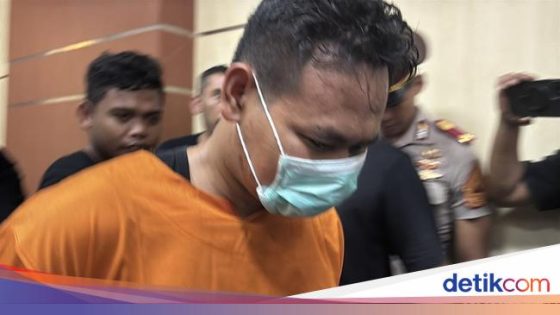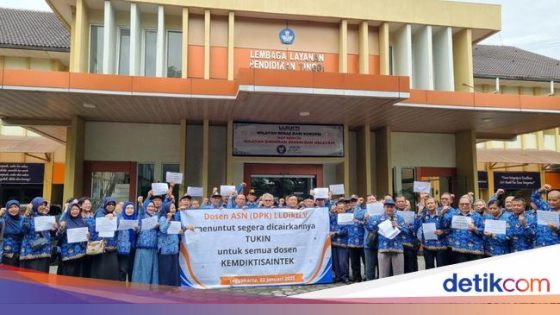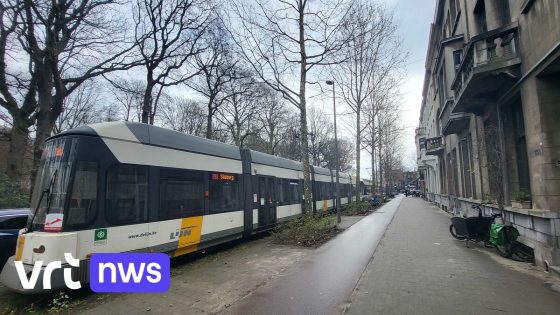On January 27, 2025, the shocking story of Rochmat Tri Hartanto, also known as Antok, unfolded in Surabaya. This 32-year-old man, identified as the mutilator of Uswatun Khasanah, was revealed to be both a martial arts leader and a member of a non-governmental organization (NGO). How could someone so involved in the community commit such a heinous act?
- Rochmat Tri Hartanto is the suspect.
- He is a martial arts branch leader.
- Antok often reported incidents to police.
- Uswatun Khasanah was found mutilated.
- The murder occurred in a hotel room.
- Victim's body parts were disposed of separately.
Shocking Details of Uswatun Khasanah’s Mutilation Case in Indonesia
What drives a person to commit such a violent crime? Antok’s case raises many questions. His position as a community leader and NGO member makes the crime even more perplexing. The police reported that he frequently interacted with law enforcement, raising suspicions about his true intentions.
Uncovering the Truth Behind Antok’s Actions in Tulungagung
Antok’s background as a martial arts leader and NGO member allowed him to blend into the community seamlessly. However, his actions tell a different story. Key points include:
- Regular communication with local police as an NGO member.
- Discovery of Uswatun’s dismembered body in a suitcase.
- Connection to other crime scenes where body parts were found.
- Arrest of Antok as the main suspect in the murder.
Community Reaction to the Mutilation Case in Indonesia
The community’s response to Antok’s arrest has been one of shock and disbelief. Many residents are grappling with the idea that someone they trusted could commit such a crime. This situation prompts a broader discussion about safety and trust within communities.
Lessons Learned from the Uswatun Khasanah Case
This tragic event serves as a wake-up call for communities everywhere. It emphasizes the importance of awareness and vigilance, especially regarding individuals in influential positions. By staying informed and engaged, communities can work together to prevent similar incidents in the future.
In conclusion, the case of Rochmat Tri Hartanto serves as a stark reminder of the complexities of human behavior. As investigations continue, it is crucial for communities to foster open dialogues about safety and trust.































